Thomas Kraft was awarded a Leakey Foundation research grant during our spring 2016 cycle for his project entitled “Shifting co-residence and interaction patterns in a transitioning hunter-gatherer society.” To read a summary of his project, please click here. Below he updates us on his latest field season.
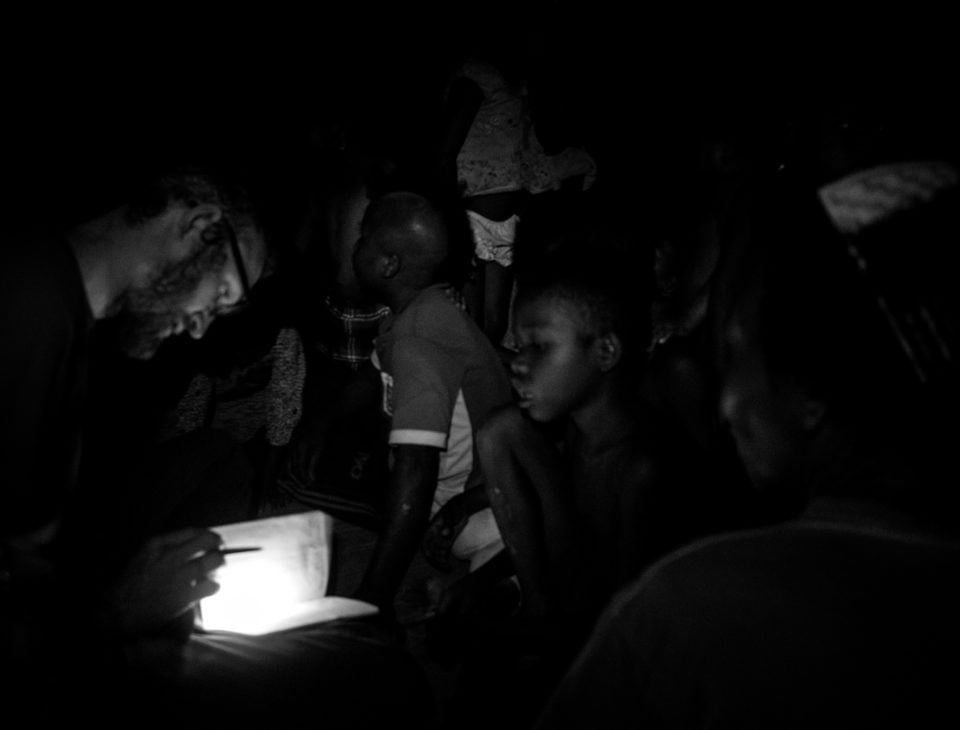
Fig 1 – Photo credit: Vivek Venkataraman
Figure 1: Tom Kraft conducting interviews on family history and kinship in a Batek forest camp near the Sat River in Pahang, Malaysia. Some of the Batek occupying this camp are the same individuals that Dr. Kirk Endicott lived with in the 1970’s and who are featured in his book, “The Headman was a Woman.” Connecting contemporary life history data with information collected by Dr. Endicott over 40 years ago has been a central focus of Kraft’s work, and these data are critical for determining relatedness between individuals, understanding life history changes over time, and exploring the determinants of reproductive success, among other things. However, this task is not always simple due to taboos about saying the names of relatives, name changes through time, and the presence of adopted offspring.
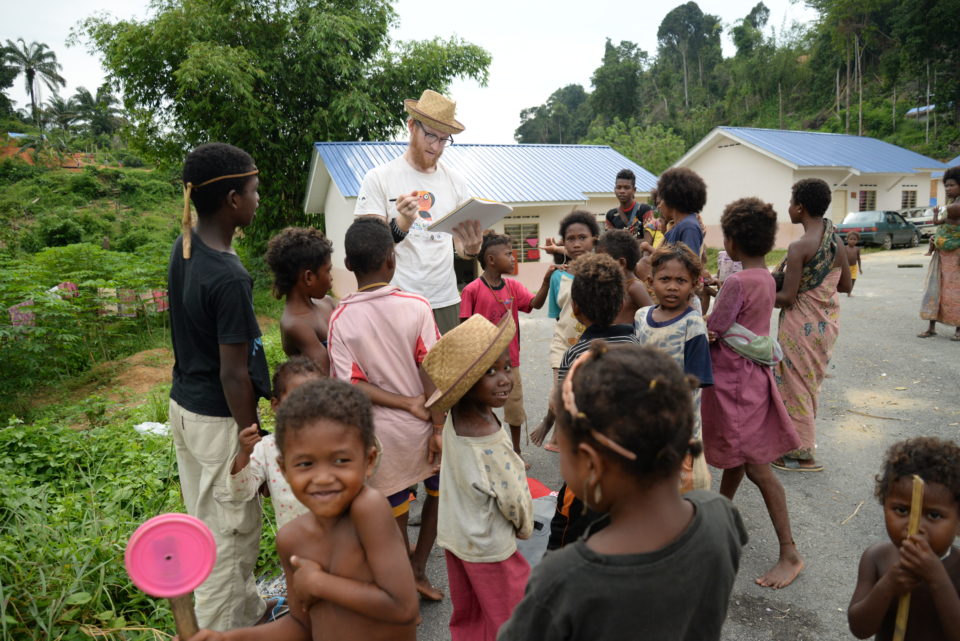
Fig 2 – Photo credit: Vivek Venkataraman
Figure 2: Tom Kraft deploying proximity loggers on Batek individuals living in Kuala Koh, Malaysia. Loggers are worn inside of armbands, as can be seen on Kraft’s wrist in the photograph. Proximity loggers detect contacts between individuals, and as part of Kraft’s research funded by the Leakey Foundation, proximity loggers were deployed in both permanent settlements outside of the forest (pictured here) and in smaller camps located far into the rainforests of Taman Negara. Comparisons between the social networks of individuals in these different camps can be used to test hypotheses about changes in social interactions that occurred due to settlement and the transition to agriculture. Proximity loggers were developed at University College London by Abigail Page, Andrea Migliano, and colleagues.
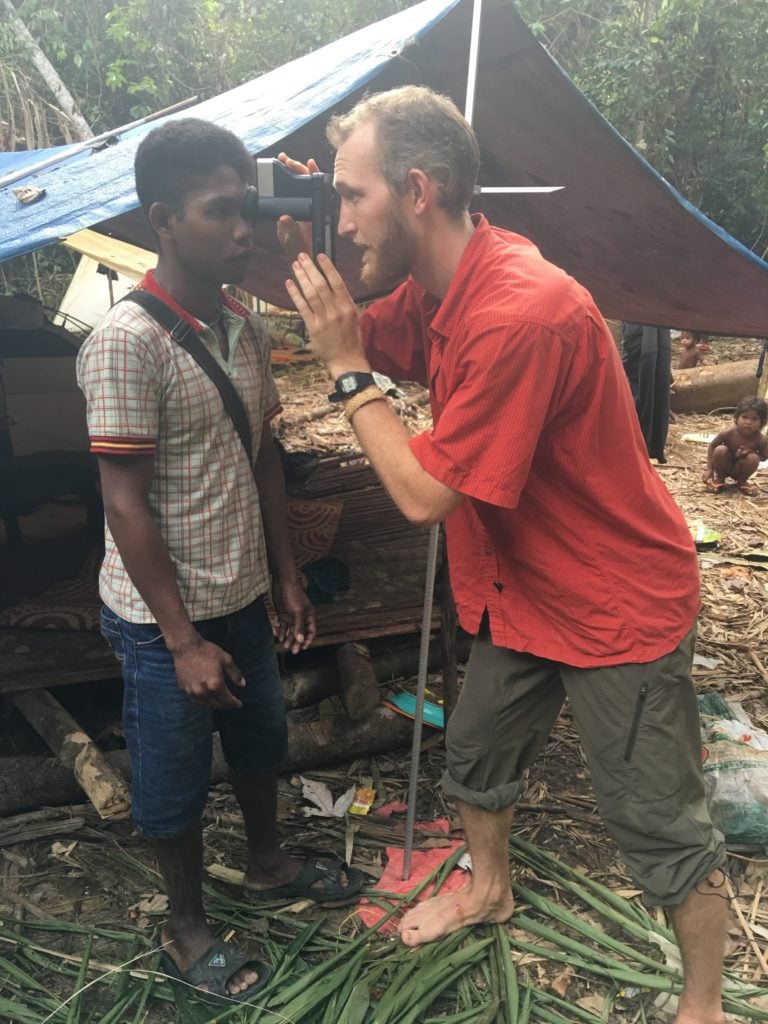
Fig 3 – Photo credit: Vivek Venkataraman
Figure 3: Tom Kraft using a portable autorefractor to assess myopia/presbyopia (near-sightedness/far-sightedness) in Batek hunter-gatherers. Recent research points to a strong role of environmental factors in driving the development of refractive errors in eyesight, and transitioning hunter-gatherers like the Batek offer an important opportunity to study these factors as part of a “natural experiment.”
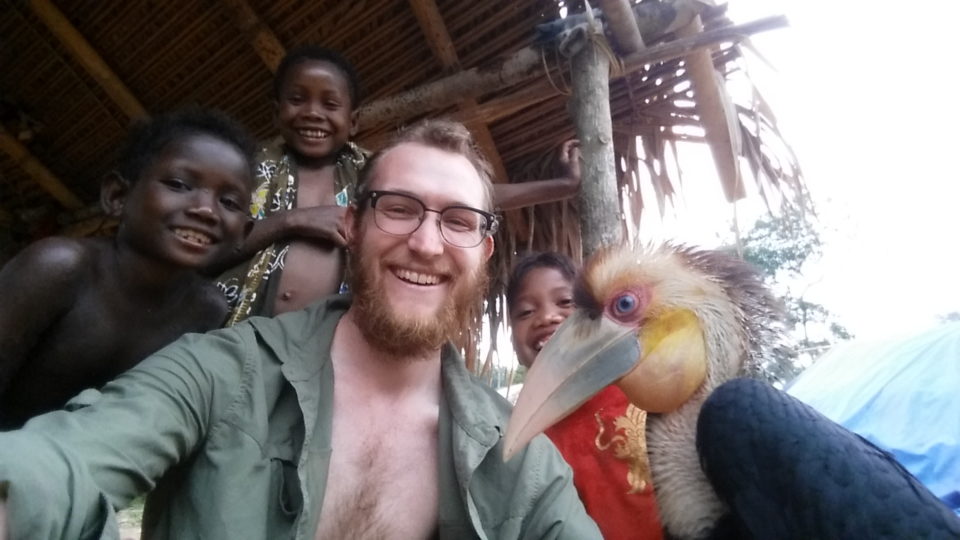
Fig 4 – Photo credit: Thomas Kraft
Figure 4: Tom Kraft and some Batek children sitting together in a forest camp with a juvenile wreathed hornbill (Rhyticeros undulatus). The Batek often care for orphaned animals, such as this one, that they find in the forest. As the hornbill grew older it would venture out of camp to forage for food on its own, returning between meals and at night to live with the Batek in their thatch shelters.


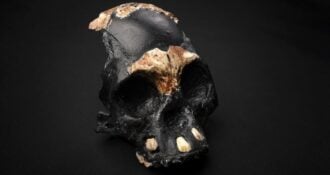
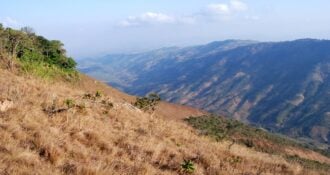
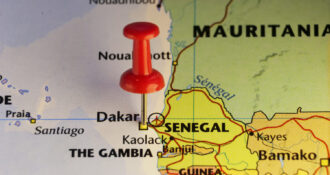

Comments 0